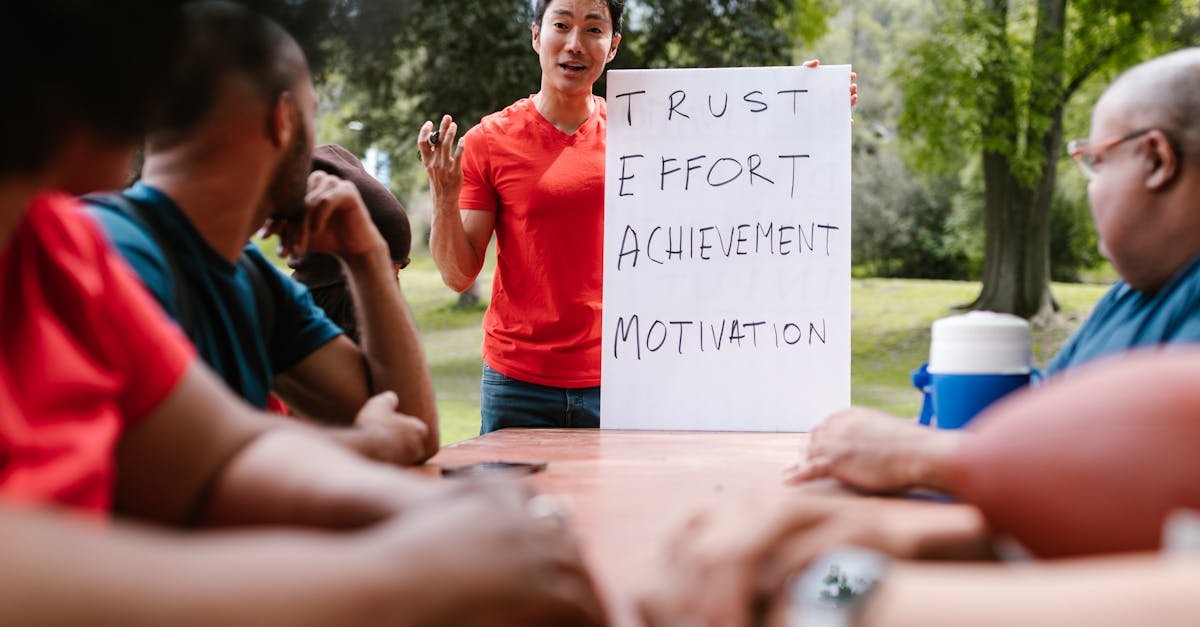Transforming Client Training Programs into Strategic Assets
Ever felt like your team’s training is just a checkbox exercise? Like, something to complete and forget about? We all know that feeling. You sit in a session, and it’s just… blah. Information overload without real-world application. Let’s flip that script. Here’s the deal: your client training programs can be way more than just sessions. They can become powerful assets that drive performance, retention, and satisfaction. So, how do you transform these training programs into something strategic? Let’s talk about some real, actionable steps. Understanding Your Audience First things first, know who you’re serving. Identify the specific needs and pain points of your audience. What challenges do they face regularly? What skills do they lack? This will shape how you design your training. Imagine designing a course that speaks directly to your participants’ interests and challenges—talk about impact! Here are a few questions to consider: What problems are they trying to solve? What are their preferred learning styles? (Visual, auditory, kinesthetic?) How can you make this training relevant to their day-to-day tasks? Designing Engaging Content No one wants to sit through a boring PowerPoint presentation. For real. Keep it light and engaging. Use real-world scenarios, role-playing, and even gamification. Yes, I’m talking about quizzes and badging for completion. Trust me; it works wonders. Consider incorporating the following elements: Interactive exercises that allow for hands-on learning. Short videos that present case studies or testimonials. Group discussions to foster collaboration and idea exchanges. Utilizing Technology for Better Learning Now, let’s talk tech. With the rise of digital learning platforms, you can make your training more accessible. Think Learning Management Systems (LMS) that track progress and provide resources on-demand. No more waiting for the next training session to get answers. Consider using: Webinars for real-time interaction and feedback. Mobile learning apps for learning on the go. Analytics tools to measure effectiveness. Feedback Loop for Continuous Improvement Once your training is up and running, don’t just set it and forget it. Create a feedback loop. Ask participants what worked, what didn’t, and what they want more of. This is where the magic happens. Implement surveys or post-training evaluations to gather insights. Pay attention to anecdotal feedback, too. That’s gold. Use that data to adapt and evolve your programs. Linking Training with Organizational Strategy Now, let’s connect the dots. Understanding your organization’s goals is key to shaping your training programs. Your clients want to know, “How will this training help us?” Show them how the skills learned can directly influence their performance metrics. For instance, if your organization prioritizes customer experience, your training should focus heavily on client interaction skills. This way, you’re creating a tangible link between training and business outcomes, proving that these programs are strategic assets. Celebrating Success and Building Community Once the training’s complete, don’t stop there. Celebrate successes! Recognize achievements publicly to build morale and engagement. Create a community of learners who can continue to share best practices and support each other’s growth. Trust me; this creates a ripple effect. Use shared platforms for team members to connect, discuss, and share insights gained from the training. This fosters a culture of continuous learning, directly linking back to improved performance. Bringing It All Together There you have it. Transform your client training programs into strategic assets that resonate with learners. By understanding your audience, designing engaging content, leveraging technology, gathering feedback, and linking training to organizational goals, you can ensure your programs are effective and impactful. It all starts with a shift in mindset. See training not just as a task to complete but as an opportunity to sharpen skills, foster growth, and empower teams. If you’re ready to start this journey, the next step is reaching out to me or visiting THEGBSEDGE for more insights on shared services transformation. This is Vikrant Aglawe, and I encourage you to make your training programs work harder for you. Remember, when training becomes a strategic asset, everyone wins.
Transforming Client Training Programs into Strategic Assets Read More »









